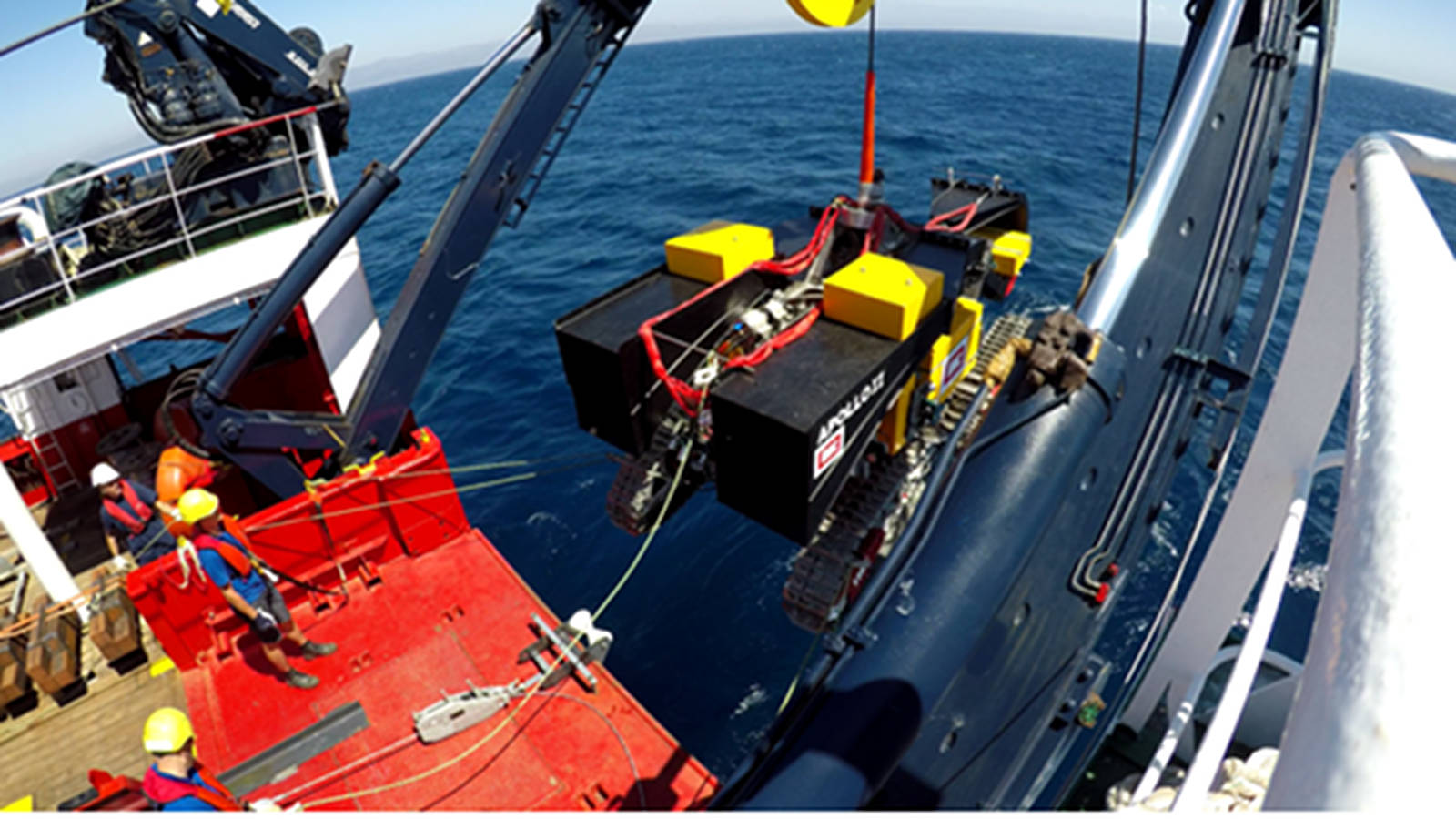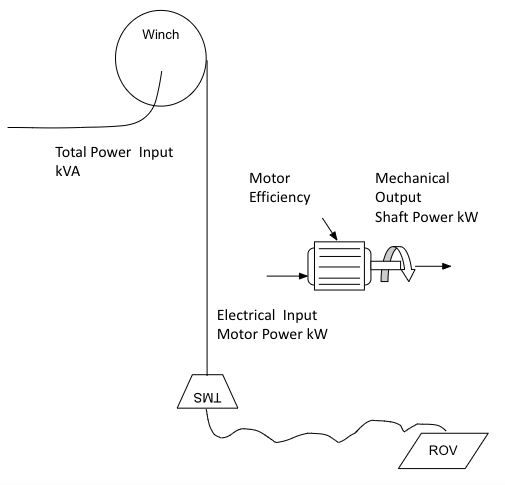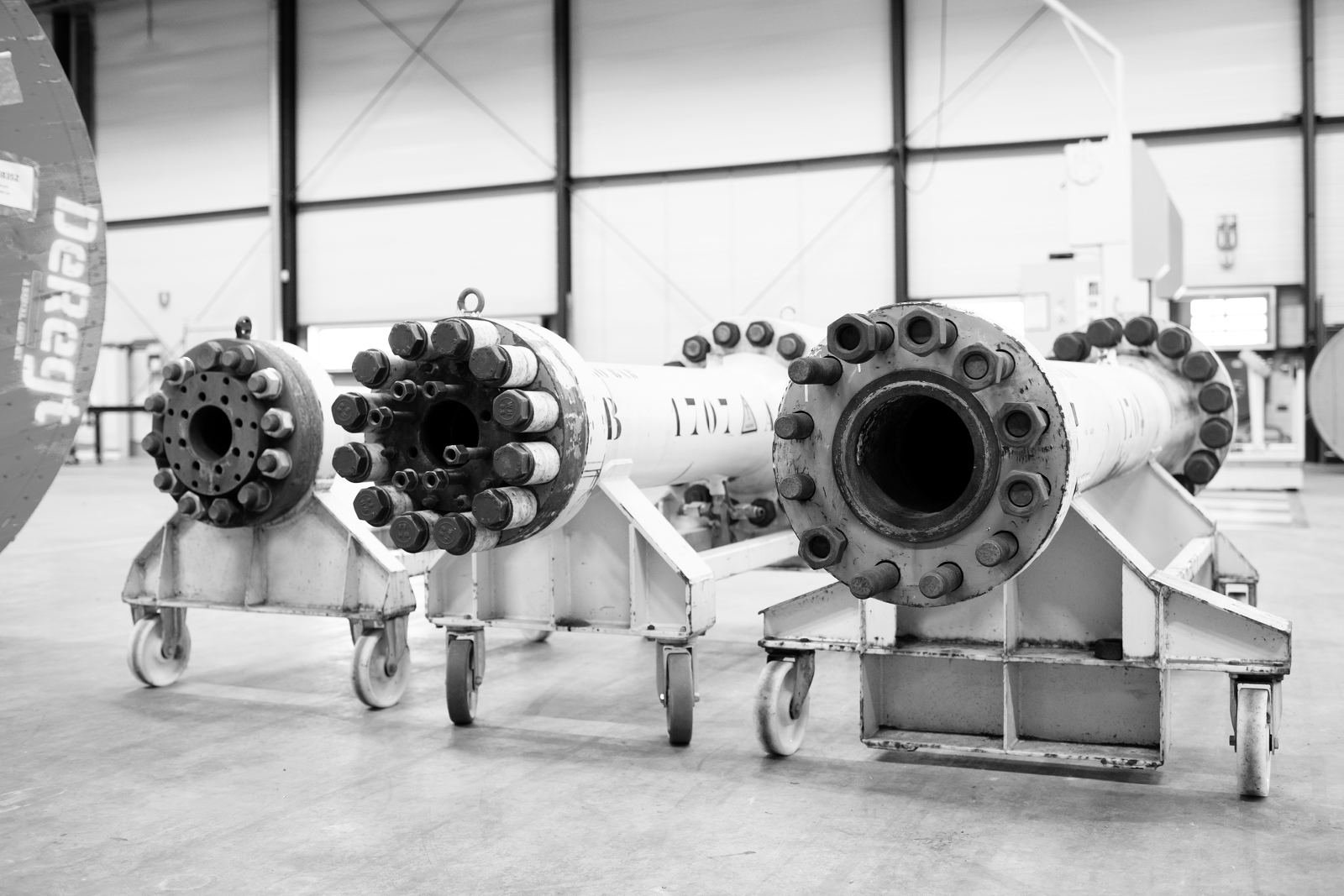ROVs are used for many different purposes. One thing these machines always have in common is that they need power to do their work. How much power is needed for these subsea connectors and whether data transmission is also required varies per subsea project, but the ROV cable must always be able to transfer some form of power.
But how does that work? How does an ROV Cable Manufacturer ensure that the ROV gets the right amount of power precisely, considering power loss and the conditions in which the subsea power cable will be used? We address the craft of power conduction in this blog.
The input needed to create your Subsea Power Cable
ROVs come in all shapes and sizes. Logically, large, heavy ROVs need more power than the smaller variants to do their job. These large-size ROVs are often called Workclass ROVs (WROV - hydraulically operated instruments) or eWorkclass ROVs (eWROV – electrically operated instruments).
In addition to size, the exact function of the ROV determines the required subsea connectors to a large extent. Therefore, it is of great importance for our cable designers that the customer provides specific input. Of course, the required output power is essential, but the intended length of the cable and the power factor (Cosφ) also play a significant role. With this knowledge, we can determine how the cable should be developed to avoid losing too much power. After all, when working at great depths, a certain amount of power loss is inevitable.

Using the complete data overview, the cable designer starts to determine the required power conductor. This phase determines how many subsea connectors are needed for the engine to do its work.
Subsea Deployment: TMS versus "free-swimming" ROV Cables
The ROV cable can be connected to the ship in two different ways. First, the ROV cable can be connected directly to the ROV with no tether cable, which is sometimes referred to as "free swimming". The ROV is directly attached to the survey vessel and any vessel motion can be communicated directly to the ROV. The main disadvantage of this setup is that the ROV must also tow around the full length of the cable. Given the cable length deployed this will use much of the ROV's power, limiting its ability to maneuver easily in operation. The main advantage is the simplicity in handling equipment as only one cable is involved, launching the ROV directly.
The other variant uses a so-called TMS: a Tether Management System. A TMS is an intermediate shaped like a small house, in which a reel is located. Thanks to this intermediate, the ROV can move freely at great depths in a radius of up to 500 feet without changing the vessel's position.

The TMS construction is quite common because it gives the ROV more freedom of movement. This means that the cable first connects the vessel to the TMS and then continues via the TMS to the ROV. However, the ROV cable must conduct more power with this construction since the power for the TMS construction is also routed through the cable. Therefore, such subsea power cables need more subsea connectors than free-swimming cables.
Co-creation for the perfect Subsea Power Cable
To arrive at the perfect fit-for-purpose ROV Cable Design, it is crucial to know the exact function and conditions in which the ROV will be used. For example, will a TMS deployment be used or will it be a direct deployment construction?
The customer's wishes are also taken into account in the design. However, the consequences of certain design choices must always be thoroughly considered.
For example, a customer may ask for thicker wires to conduct more power through them. However, thick wires have lower resistance, which results in little heat. In contrast, a higher resistance results in more heat. In addition, a thick conductor wire takes up a lot of space, making the cable bigger.
As a strategic partner, DeRegt thinks along with you about what is feasible. Are the wishes of the client not all feasible in practice? Then we work together through co-creation on the next best thing, making sure your subsea project will be a success!
Getting your fit-for-purpose Subsea Power Cable
Getting to the right solution together with the customer always works best. The end-user sees what is needed for success in the field, while the ROV Cable manufacturer knows what is feasible and how it can be deployed for optimal results.

At DeRegt we constantly work on fit-for-purpose solutions; every ROV Cable is custom designed. For this, some key design considerations are important. Power conductors sizes, cable OD and mechanical strength are a few examples.
Are you curious about the other important design considerations and their impact on your ROV Cable? Download our free Webinar On-Demand here:
With all other questions about your cabling needs, you can contact my colleagues or me here. Our experts are always happy to explain offshore cable standards, create a Custom Cable Design for your project, or advise or guide you in your ROV Cable requirements.



